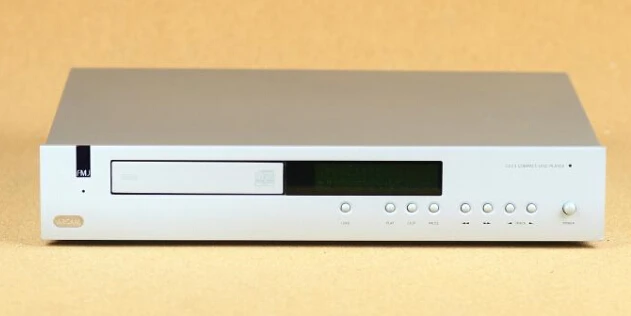The Philips-supplied laser pick-up system was meant to be separated from the CD12’s main chassis, making it immune to extraneous disturbances like loudspeaker vibration (both mechanically coupled and airborne). High-speed DSP was employed to control the CD control/servo circuits, and a puck was used to control them. The spindle motor was brushless for electromagnetically silent operation, with a three-phase servo produced from the servo/PWM decoder’s control signal. The digital number crunching was made possible by
The CD12’s power supply was a new version of Linn’s Brilliant switching mode system, encased in solid aluminium and housed in a pocket cut into the solid chassis. On the SMPS outputs, sixteen steps of power supply regulation were used. Linn’s sister firm Castle Precision Engineering precision machined the case from two solid aluminium alloy plates, which were then elegantly surfaced and anodized. Each case, it was alleged, took “a long time.”
On first impression, the CD12 was one of the best silver disc players of its time – and still is today. It managed to tie the most complex of mixes together with ease, making everything seem exuberantly musical, regardless of the program material employed. Tonally smooth and slimline yet highly animated in a musically lucid and propulsive way, it managed to tie the most complex of mixes together with ease. The Sondek wasn’t the warmest of machines in terms of tone, but it still managed to sound like a very good high-end turntable – not unlike to the LP12!






